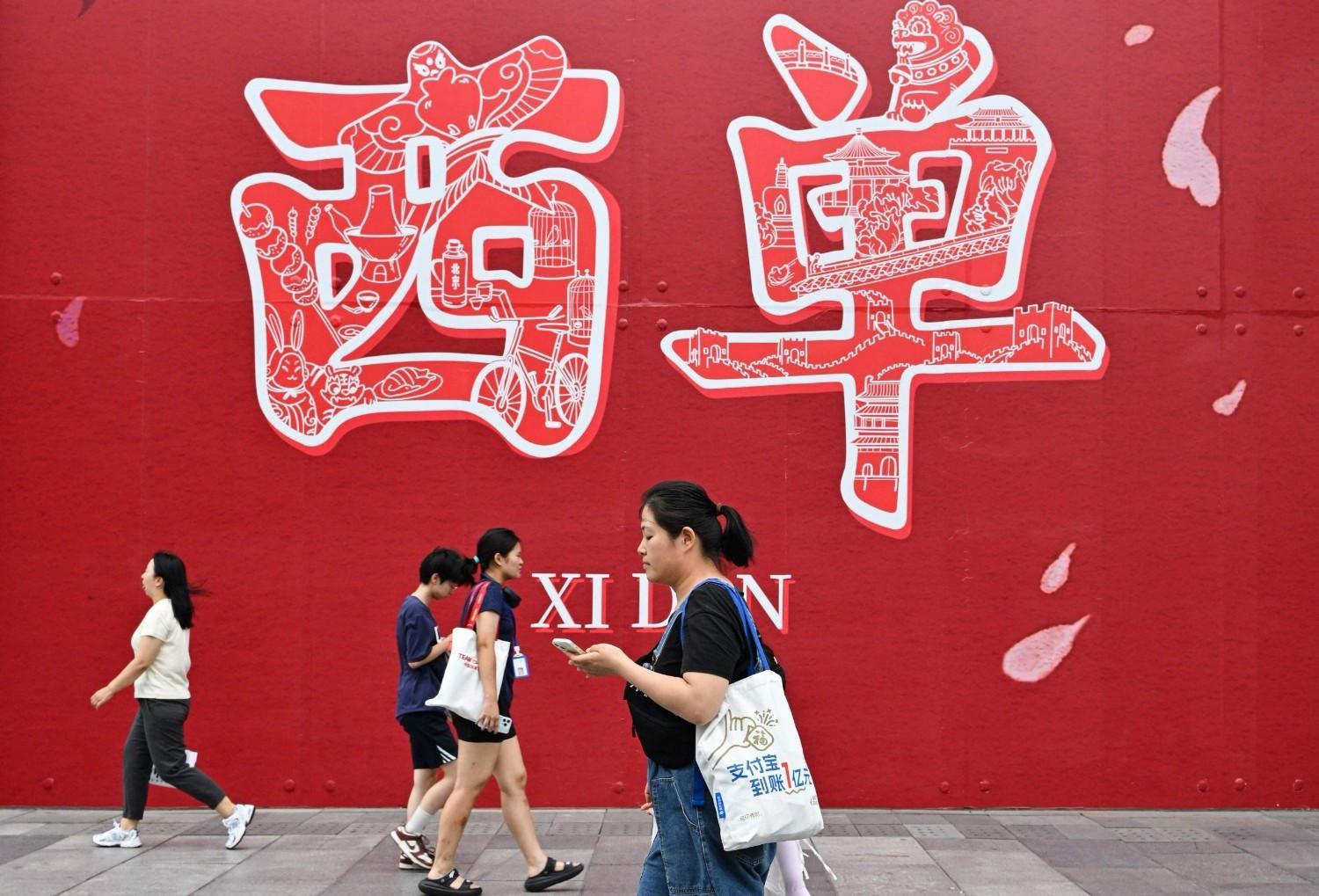
The Chinese economy is fighting a multi-front battle to sustain growth, a challenge made more difficult by the U.S. President Donald Trump’s tariff campaign.
The world's second-largest economy is expected to have expanded more than 5 percent in the second quarter thanks to strong exports, analysts say, but they warned Trump's trade war could cause a sharp slowdown in the final six months.
Washington and Beijing have sought to de-escalate their trade spat after reaching a framework for a deal at talks in London last month, but observers warn of lingering uncertainty.
Official data on July 15 will show how China's overall economy fared during the April-June period as leaders worked to shield the country from external pressures while encouraging consumers to spend up.
An AFP survey of analysts forecasts that the data next week will show a 5.2 percent expansion of gross domestic product in the second quarter compared with last year, with many anticipating slower growth in the next six months.
"Ultimately, external trade alone cannot offset the drag from weak domestic demand," Sarah Tan, an economist at Moody's Analytics, told AFP.
"Without stronger, sustained policy support and structural reforms to boost household incomes and confidence, China's recovery risks further loss of momentum in the second half," Tan said.
Data released this week showed that consumer prices edged up in June, barely snapping a four month deflationary dip, but factory gate prices dropped at their fastest clip in nearly two years.
"Deflationary pressures haven't abated and labor market indicators continue to underwhelm," Betty Wang, lead economist at Oxford Economics, told AFP.
"We remain somewhat cautious on the outlook" for the rest of the year, Wang said.
China's exports reached record heights last year, offering a lifeline to the economy as pressures elsewhere mounted.
Overseas shipments likely remained strong in the second quarter this year, with analysts pointing to a surge caused by foreign buyers frontloading purchases to prepare for future trade turbulence under Trump.
Many economists argue that China needs to shift towards a growth model propelled more by domestic consumption than the traditional key drivers of infrastructure investment, manufacturing and exports.
Beijing has introduced a slew of measures since last year in a bid to boost spending, including a consumer goods trade-in subsidy scheme that briefly lifted retail activity.
However, Tan said the scheme did little to address the causes of consumer caution "such as stagnant income growth, weak job security and fragile sentiment."
Beijing is targeting an overall expansion of around 5 percent this year, the same as last year but a figure considered ambitious by many experts.
First-quarter growth came in at 5.4 percent, beating forecasts and putting the economy on a positive trajectory.
Some experts say that better-than-expected growth could lead it to avoid adopting the deep reforms needed to put its economy on a more sustainable footing.